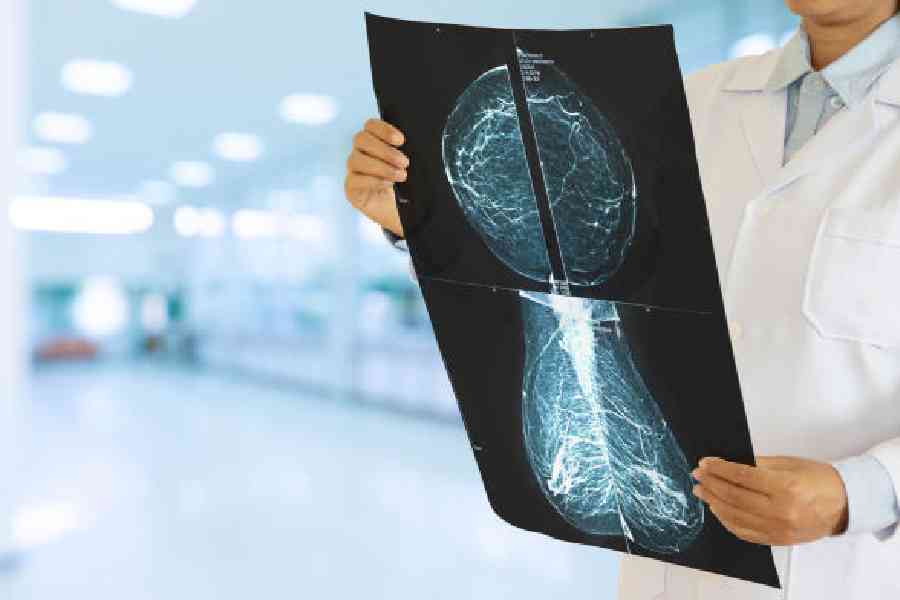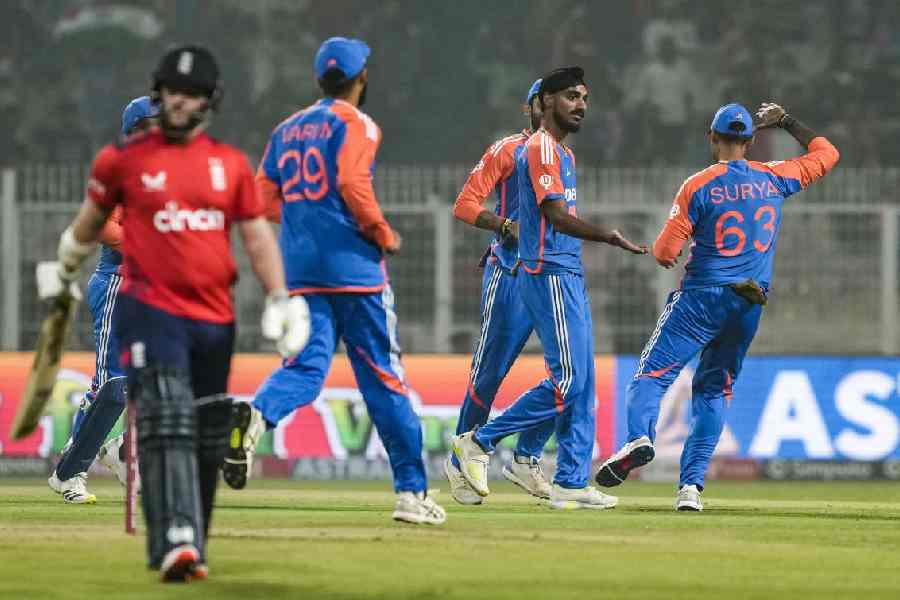Clinics around the US are starting to offer patients a new service: having their mammograms read not just by a radiologist, but also by an artificial intelligence model. The hospitals and companies that provide these tools tout their ability to speed the work of radiologists and detect cancer earlier than standard mammograms alone.
Currently, mammograms identify around 87 per cent of breast cancers. They’re more likely to miss cancer in younger women and those with dense breasts. They sometimes lead to false positives that require more testing to rule out cancer, and can also turn up precancerous conditions that may never cause serious problems but nonetheless lead to treatment because it’s not possible to predict the risk of not treating them.
“It’s not a perfect science byany stretch,” said Dr John Lewin, chief of breast imaging at Smilow Cancer Hospital and Yale Cancer Center in the US.
Experts are excited by the prospect of improving the accuracy of screening for breast cancer, which 3,00,000 women are diagnosedwith each year in the UnitedStates. But they also have concerns about whether these AI tools will work well across a diverse range of patients and whether theycan meaningfully improve breast cancer survival.
How does AI analysis work? Mammograms contain a wealth of information on breast tissues and ducts. Certain patterns, such as bright white spots with jagged edges, may be a sign of cancer. Fine white lines, by comparison, may indicate calcifications that can be benign or may need more testing. Other patterns can be tricky for humans to differentiate from normal breast tissue.
AI models can, in some cases, “see what we cannot see”, said Dr Katerina Dodelzon, a radiologist who specialises in breast imaging at NewYork-Presbyterian/Weill Cornell Medical Center, US.
When an image is run through an AI program, the software highlights suspicious areas that require further attention from a radiologist. Some models can also score images to help busy radiologists prioritise which scans to look at first.
“I easily read 100 screening mammograms in a day,” said Dr Carolyn Malone, a radiologist in the breast division at John Theurer Cancer Center at Hackensack University Medical Center, US. “I can start reading ones that the AI is saying are more complex.”
In one of the largest studies of AI mammography, a model used in Sweden improved breast cancer detection by 20 per cent. In a trial involving 80,000 women, the software picked up 6 cases of cancer in every 1,000 women, while radiologists found 5 per 1,000 women.
A 2022 Danish study showed that an AI model also reduced false positives, meaning that fewer women had to return to the doctor for further testing after a mammogram identified a suspicious spot.
But it is not clear if AI analysis will actually reduce deaths from breast cancer, or simply inflate survival numbers by finding more cancers earlier. And radiologists are unsure how the European findings will translate to the United States, or how well the models will work on a more diverse population.
“There’s a need for more diverse training and testing of these AI tools and algorithms in order to develop them across different races and different ethnicities,” Dr Dodelzon said. “AI is just a tool that learns based on what it sees.”
Some experts are also concerned about using these tools before they have been thoroughly vetted, drawing a comparison to computer-aided detection technology hailed in the 1980s as a way to help detect breast cancers sooner. A major study later showed that the technology did not make mammogram results more accurate.
When it comes to AI analysis of mammograms, “we may not find out for a couple of years if our performance went down,” Dr Lewin said.
There are also certain things that AI can’t do well yet, such as tell the difference between surgical scars and tumours. “You just need a human for that,” Dr Malone said. Radiologists, particularly those trained in breast imaging, can draw on patient medical histories and their own expertise to pinpoint these anomalies, she said.
The Food and Drug Administration has authorised roughly two dozen mammography AI products. Some of these are being rolled out to patients in a small number of clinics and tested by other hospitals that want to be certain of the valuethese tools provide before offering them to patients.
There is currently no billing code that radiologists can use to charge insurance providers for the technology. That means some centres may punt the cost to patients, charging between $40 and $100 out of pocket for an AI analysis. Other hospitals may absorb the cost and offer the additional analysis for free. Still others may keep the technology for research until they are more certain of the value it can provideto patients.
It will take some time for AI to become part of routine care, which would lead insurance companies to consider reimbursing their cost. Until then, most patients don’t need AI for their mammograms, Dr Dodelzon said, although it might provide some extra reassurance for those who are particularly anxious about their results.
NYTNS











